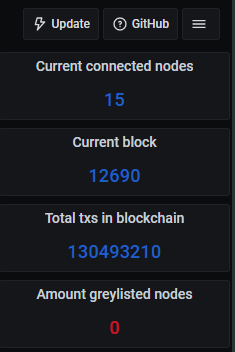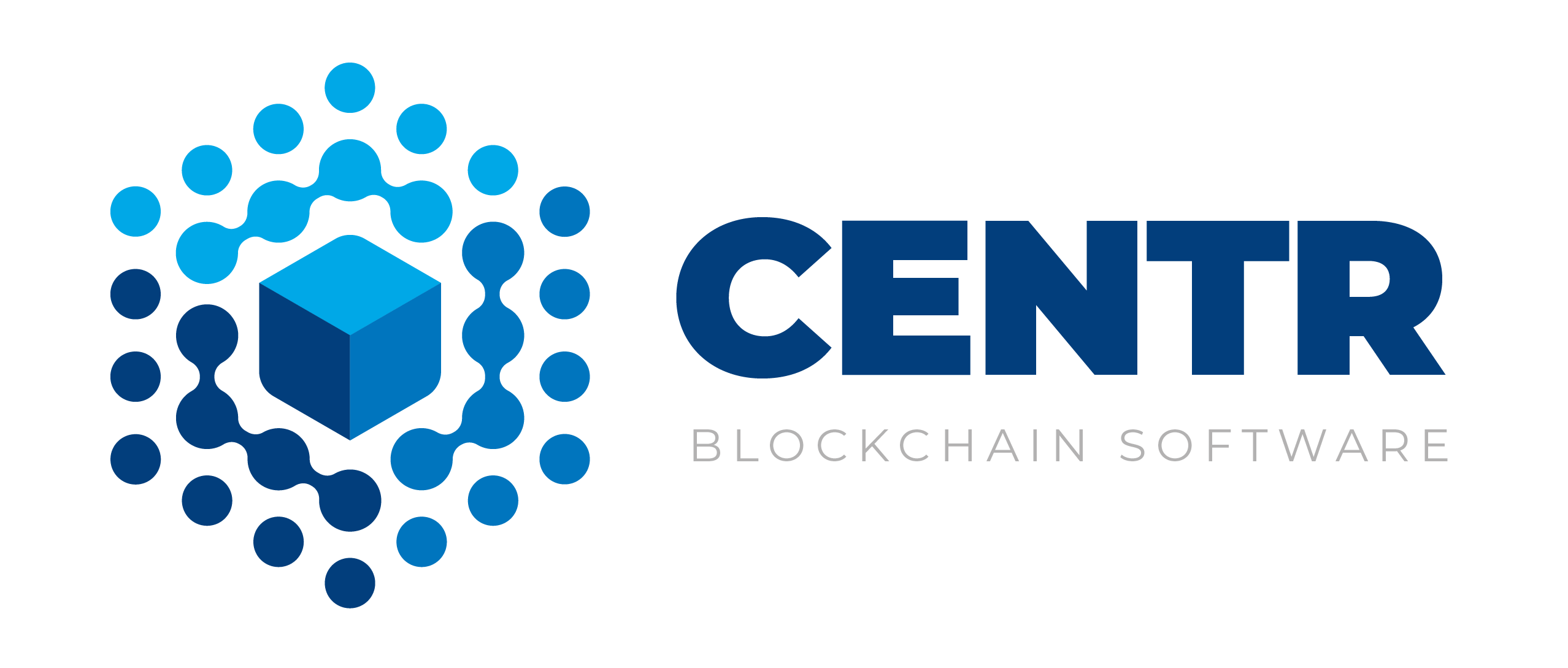24 May 2021
Initially, we set out to test and find out for ourselves what the current status of the blockchain is, but our findings are so impressive, we knew we needed to share them more widely.
In order to allow you to fully understand and grasp the value of this particular test, I will first explain a bit more what we are going to accomplish with this test and our reasoning for undertaking it.
Over the last couple of years, the Credits team has made several promises regarding what the blockchain that they created was able to do and this was successfully demonstrated through their speed test on 18 September 2018.

The biggest pledge made by the team and perhaps one of the most critical is the scalability of its blockchain.
To truly create a blockchain that is future proof, the software must be built in such a way that it can adapt to accelerations in hardware innovations or global infrastructure. The blockchain must be scalable, thereby enabling it to become faster and stronger as time goes on.
Another critical pledge from the Credits team was the processing speed of the network, otherwise referred to as TPS (Transactions Per Second).
It is incredibly difficult to achieve a high TPS due to several factors; many of which are limitations determined by the build of the blockchain itself. If you look at other blockchains, they ‘guarantee’ high numbers but when the blockchain is realized, any hope of achieving such TPS is destroyed.
This is in large part what makes the Credits blockchain so unique and exemplary: it has defied this precedent with its high TPS, whereas other blockchains have found it impossible to reach a high TPS in a decentralized environment.
A further defining factor is the ability for the Credits blockchain to operate in semi-real time. This is defined by what is referred to as the block speed: the time required for the blockchain at block X to create block Y. The minimal time required (or high block speed) for creating blocks is vital for applications where a rapid transaction validation is required, thus adding significant versatility and value to the Credits blockchain’s future applicability.
Our team at Centre value the importance of longevity in our projects and in recognizing this factor’s importance for those supporting the Credits project as well, we got to work in putting the project to the test!
The test was carried out by a long-time technical supporter of the project, BK. He is also a developer of Luna Chat among others.
“I created a specialized dashboard where we could monitor the nodes in great detail and key data on the blockchain, as opposed to the Credits blockchain’s default monitor for this test,” shared BK.

The test environment was built using the following:
Blockchain Node criteria:
· Node Locations: London, Frankfurt, Ireland, Tokyo, Paris
· Nodes in the Network: 18 nodes connected
Nodes’ Technical Specifications (each Node followed the same specifications):
· CPU: AMD EPYC 7000-series 16 Core processor
· RAM: 64 GB ECC Memory
· DISK: Dual NVME Enterprise 500 GB
· Network: 1 Gbit with peak to 10 Gbit Fibre networking
The Credits blockchain was launched in the test environment operating at an idle block speed of 520ms providing a sound basis to begin the speed test.
Results of Speed Test:
· Highest recorded number of transactions observed a single block: 305,552 transactions with a block speed of 1,400 MS
· Average transactions per block: 70,000 – 150,000
· Average block speed: 700 MS – 1,300 MS
· Total volume of transactions processed: 130,493,210 transactions
· The network operated stably without service disruptions/outages. Only minor service drop offs were observed in the spammer software which had an inconsequential effect on the blockchain’s functionality.
Key Limitations of this Test:
· The node’s connected are a limit. The test observed the network’s maximum transaction capacity with the current Spammer software. To carry out a higher transaction volume, more nodes would need to be connected in the environment.
· The Network throughput capacity further limited the results. By accessing a higher bandwidth, an increased TPS could be observed.
Overall, and despite the limitations, the results are very promising: we can achieve high rates across all core metrics whilst using the current software. This is substantial as other blockchains cannot achieve such figures after security mechanisms are applied.
The Credits blockchain has demonstrated its scalability by running on high quality hardware and network connection. However the observed blockchain speed was strong, BK is confident even higher numbers are easily possible given the limitations of the network’s bandwidth and Spammer software rather than the build of the blockchain itself.
What is often generally overlooked is how difficult it truly is to build a blockchain from scratch, let alone achieve such astounding preliminary metrics. Something that many would have thought near impossible previously.
The truth here lies in the numbers and we are hyped to see Credits go mainstream as the results are way beyond any expectations previously shared.
#HelloFuture

Great job , cs it’s the future 🤩🤩🤩🤩